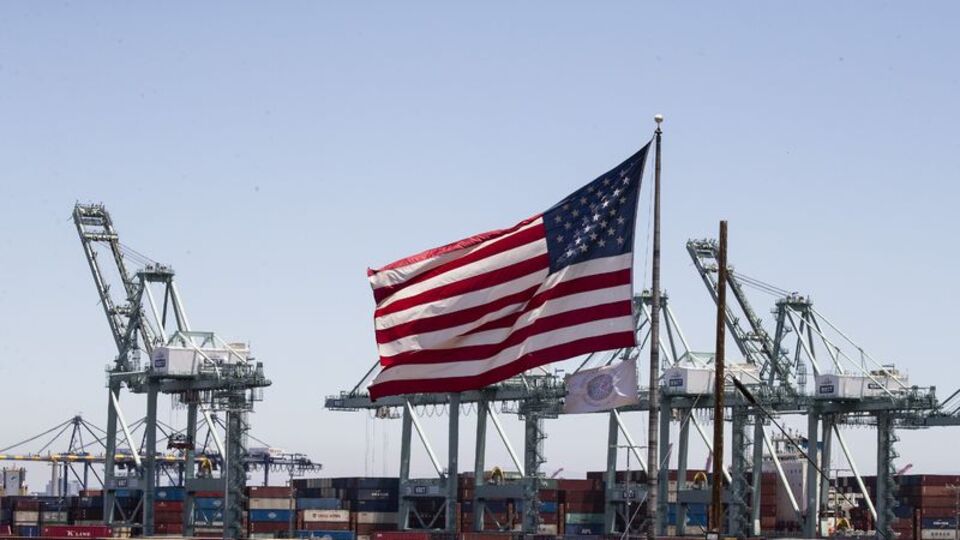
Reasons Behind the Rise in Petrol Prices


In international oil markets, the Brent crude price is trading at $64.04 per barrel. This price closed at $63.55 on Friday, marking a 0.8% increase at the beginning of the new week. Meanwhile, West Texas Intermediate (WTI) crude is finding buyers at $60.18.
The rise in oil prices is particularly associated with developments indicating the end of the 40-day shutdown of the federal government in the United States. The agreement reached between Democrats and Republicans in the Senate on a temporary budget has strengthened expectations of increased fuel demand. This situation has created upward pressure in the market, contributing to the rise in oil prices.
The optimistic sentiment regarding the U.S. oil demand is an important factor that analysts need to consider. The achievement of the temporary budget agreement is viewed as a positive development for businesses and consumers, increasing hopes for a revival in economic activity.
The rise in oil prices may affect sectors such as automotive and transportation, which are directly linked to demand. How firms in these sectors will be affected by price increases should be monitored closely for the overall balance of the economy. Additionally, how the balance of supply and demand will shape in the global energy markets remains a point of interest.
In conclusion, the increase in oil prices is not merely a change in figures but signifies important developments that reveal the underlying economic dynamics and future expectations. For investors and market observers, closely examining such developments will be beneficial in determining future strategies.
.png)
Yakında Tüm Platformlarda
Sizlere kesintisiz haber ve analizi en hızlı şekilde ulaştırmak için. Yakında tüm platformlarda...






.png)